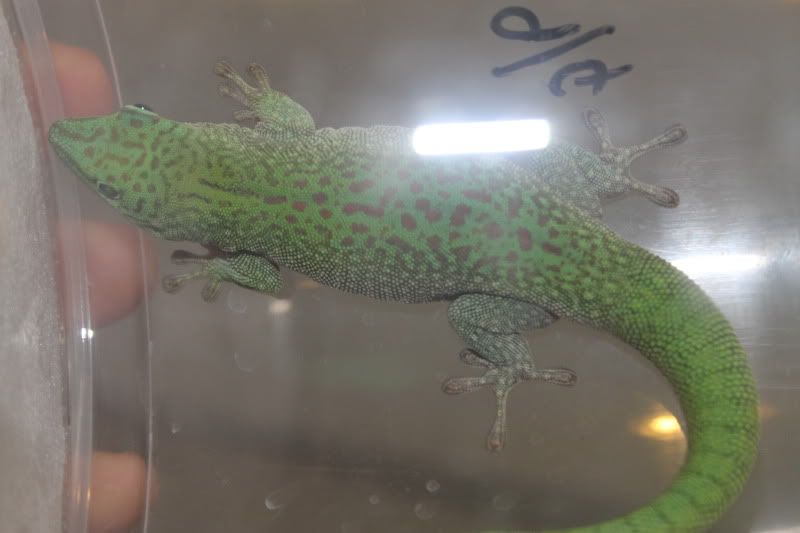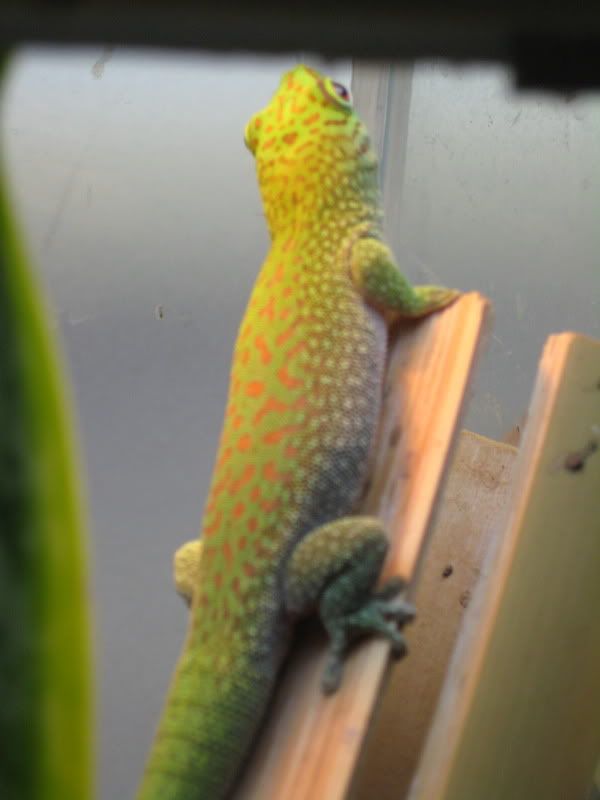I have seen geckos from other breeders that started from small founder populations, or even from a single pair, that have this genetic bottlenecking problem. This most often manifests itself in spinal deformities, ocular disease, coordination deficits, and/or fertility problems.
[/url]
Excellent post. Excellent points. Thanks for sharing. Without naming names, I am curious as to where you have seen the situation mentioned above. If we were doing a research project in the wild, we would be taking blood samples, examining DNA, etc. We are not doing that in the hobby, so though I think those assumptions may be accurate, it may be difficult to know for sure that is what is actually happening. I also know very few people who have been breeding Phesluma long enough to observe this and trace it.
Many or most (depending on species) of the hatchlings we produce survive in captivity, while very few do so in the wild. I admit I am dismayed when I lose a hatchling, especially when conditions, from my perspective, were accurate. I intend to breed the offspring I produce, except when there is some visual behavioral or morphological abnormality. Visual is the key word. We, as keepers and hobbyists, are constantly breeding animals that would not survive in the wild (either because of something we don't see or because not every individual survives-even those we would deem most fit).
This may be happening in grandis, but I have not observed this with klemmeri, standingi, borbonica, and cepediana, a number of species with very small founding populations (though there have been some klemmeri and standingi brought in). Those of us working with guimbeaui, borbonica, inexpectata ( five of us), cepediana, etc. try to keep lines apart as much as possible. I have found this tedious at times, but well worth it.



